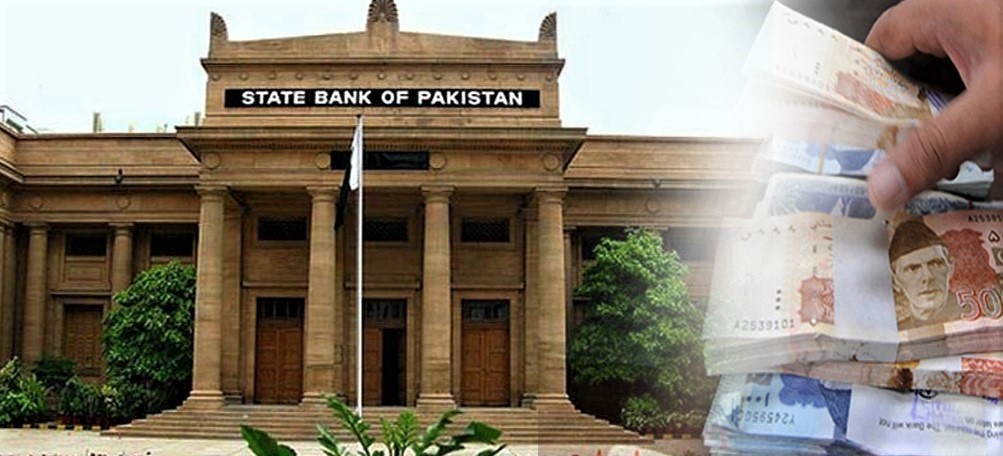By Our Web Desk
KARACHI– The State Bank of Pakistan (SBP) has released its second quarterly report on Pakistan’s economy for the fiscal year 2020-21, noting that the country’s industrial output and tax collection had increased.
“The report highlights the strengthening of the economic recovery during the second quarter of the fiscal year,” reads the report. “This was evident from the growing pace of industrial activity, promising output of major Kharif crops (with the exception of cotton), and a pick-up in the services sector during the review period.”
As per the central bank’s report, large-scale manufacturing (LSM) grew by 7.6% during H1-FY21, with its growth in the second quarter accelerating to 10.4%, the highest quarterly LSM growth since Q4-FY07.
The report said that the two industries that generated the most momentum were construction-allied and food processing ones. “The construction industry benefited from the favorable policy environment, which included the government’s fiscal incentives under the construction support package, the Naya Pakistan Housing Scheme, as well as financial measures from the State Bank,” said report.
The SBP said that most Kharif crops performed better this year compared to the previous one, adding that this improvement was attributed mainly to increases in their areas under cultivation.
“The government’s support package for Rabi crops, comprising subsidies on key inputs, and an increase in the support price for wheat, are likely to bolster the overall crop sector growth. However, cotton exerted a drag on the overall agricultural performance, as the revised production estimate of 7.7 million bales represented the lowest output since FY86,” it said.
The report said that overall, the agriculture sector is expected to register growth during FY21.
“On the whole, the recovery was rooted in the timely and well-calibrate policy response of the SBP and the government to counter the Covid-19 shock,” said the SBP, adding that its policy response comprised liquidity support through continuation of low policy rate, loan deferments and restructuring, and refinancing schemes for payroll support, healthcare sector, and firms looking to undertake capital expenditures.
It said the government supported the healthcare sector and firms through support measures which included direct cash support for the economically vulnerable segments, together with tax relief for the construction sector; expedited disbursement of outstanding refunds of exporters; concessionary energy prices; duty concessions on imported raw materials; and subsidies and higher minimum support prices to bolster agriculture.
Importantly, these facilitative policies and the resultant rebound in economic activity did not contribute to a widening in macroeconomic imbalances, including the fiscal and current account deficits.
The report spoke about the increase in remittances by overseas Pakistanis that led to the current account registering a surplus for the first time in many years.
“Remittances rose from all the major corridors, with strong growth recorded from the advanced economies as well as from the GCC. Proactive policy measures by the government and SBP to encourage more inflows through formal channels, curtailed cross border travel in the face of Covid-19, altruistic transfers to Pakistan amid the pandemic, and orderly foreign exchange market conditions have contributed to the strength of remittances,” said the report.
However, the report flagged three areas where policymakers needed to focus more on.

